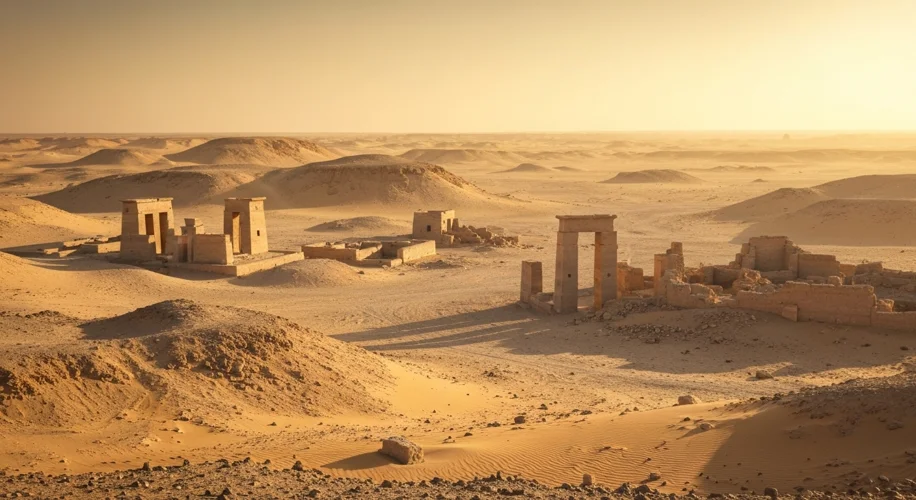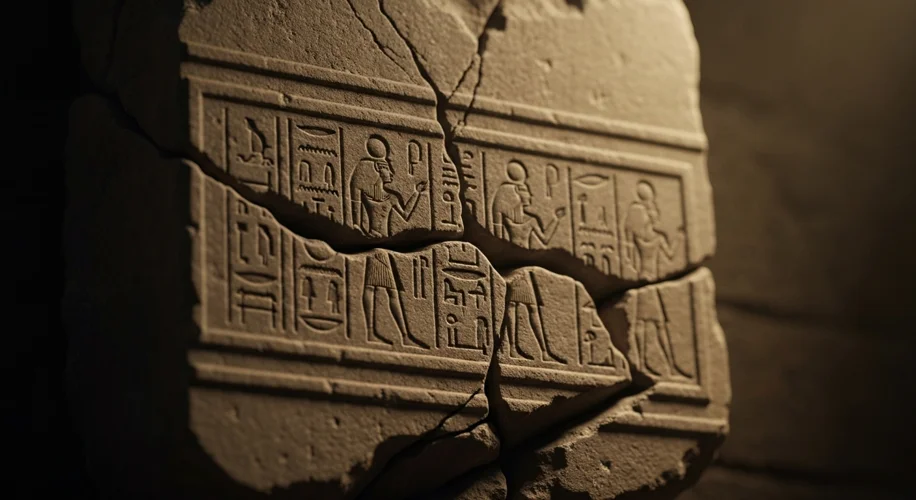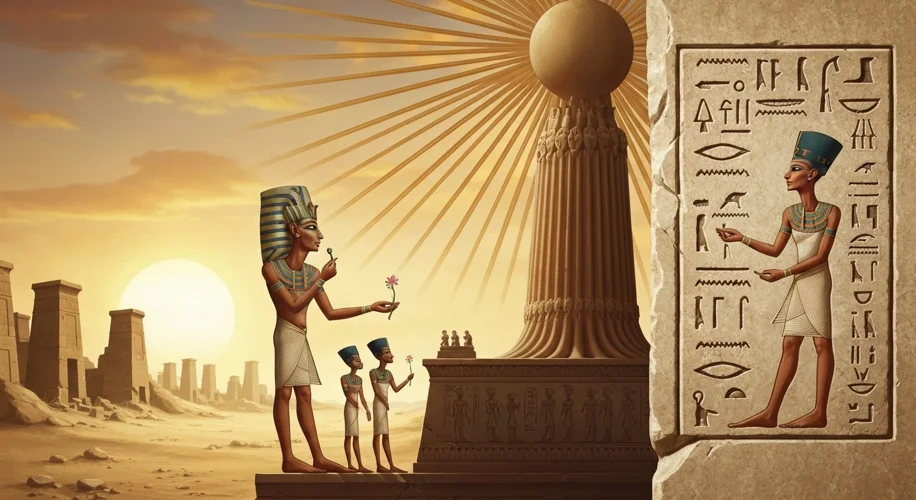Envision this: Ancient Egypt, a land steeped in millennia of tradition, where the gods were as numerous as the stars. For generations, pharaohs had upheld the divine order, appeasing a pantheon of deities, each with their own temples, priests, and rituals. Then, a revolutionary arrived on the throne, a ruler who dared to shatter this sacred mosaic. His name was Amenhotep IV, but he would soon be known as Akhenaten, the pharaoh who dared to believe in only one god.
Born into the opulent 18th Dynasty, a period of unprecedented Egyptian power and prosperity, Amenhotep IV ascended the throne around 1353 BCE. He was the son of Amenhotep III, a pharaoh known for his diplomatic prowess and grand building projects. The Egypt Akhenaten inherited was one where the priesthoods, particularly that of Amun-Ra, held immense wealth and influence, second only to the pharaoh himself. This established order was the bedrock of Egyptian society, a comforting and predictable rhythm of life.
But Amenhotep IV harbored a vision that was anything but traditional. He was captivated by the Aten, the physical disc of the sun, not as just another deity, but as the sole source of life and power. This wasn’t merely a theological preference; it was a radical departure, an assertion of a singular, universal divine force. The air in the royal court must have thrummed with unease as the pharaoh began to implement his audacious plan. He changed his name to Akhenaten, meaning ‘Effective for the Aten,’ a public declaration of his new faith.

The true seismic shift occurred when Akhenaten abandoned the ancient capital of Thebes, the heartland of Amun-Ra worship. He founded a brand new city, Akhetaten (modern Amarna), dedicated entirely to the Aten. This was not just a move; it was a severing of ties, a deliberate act of excommunication from the old ways. Akhetaten was a city of open-air temples, bathed in sunlight, starkly contrasting the dark, enclosed sanctuaries of the old gods. Here, the royal family, led by Akhenaten and his famously beautiful wife, Queen Nefertiti, became the sole intermediaries between humanity and the Aten.
Imagine the scene: the blinding Egyptian sun, the hymns sung to the Aten, the exclusion of the powerful Amun priesthood from their traditional roles and privileges. Akhenaten’s reforms were not just religious; they were political and social. By elevating the Aten and diminishing the other gods, he was effectively dismantling the power base of the priesthoods, consolidating power directly into his own hands. He suppressed the images and names of other gods, particularly Amun, creating a monotheistic or henotheistic system that was unprecedented in the ancient world.
This revolution, however, was not without its cost. While the common people may have continued their traditional practices in private, the elite and the priesthoods were undoubtedly resentful. The economic and political stability of Egypt may have been strained by the abandonment of established religious networks and the immense resources poured into building a new capital. The reign of Akhenaten was a bold, singular experiment, a 17-year whirlwind that attempted to redefine the very soul of Egypt.
Akhenaten’s reign ended around 1336 BCE. The forces arrayed against his radical vision were powerful. Shortly after his death, the religious and political pendulum swung back with a vengeance. His successors, Tutankhaten (who soon changed his name to Tutankhamun), and Horemheb, systematically dismantled Akhenaten’s reforms. The city of Akhetaten was abandoned, its temples perhaps even dismantled. The old gods were reinstated, their priesthoods restored to their former glory, and Akhenaten himself was largely erased from history, his name and deeds reviled, his monuments defaced. He became the ‘heretic pharaoh,’ a footnote in the annals of Egyptian greatness.

Why did Akhenaten’s revolution fail? Some argue it was simply too radical, too sudden a break from deep-seated cultural and religious traditions. Others point to the practical consequences: the disruption of the economy, the alienation of the powerful priestly class, and perhaps even a lack of widespread popular support for a singular, abstract deity. It was a profound, personal religious conviction that, when imposed from the top down, proved unsustainable against the inertia of centuries of established belief and practice.
Yet, Akhenaten’s experiment, though ultimately overturned, left an indelible mark. His reign remains one of the most fascinating and enigmatic chapters in Egyptian history. It raises enduring questions about the nature of faith, the relationship between religion and power, and the human capacity for radical change. The ghost of the sun king still whispers through the sands of Amarna, a testament to a pharaoh who dared to dream of a different Egypt, a single sun illuminating a singular truth.


